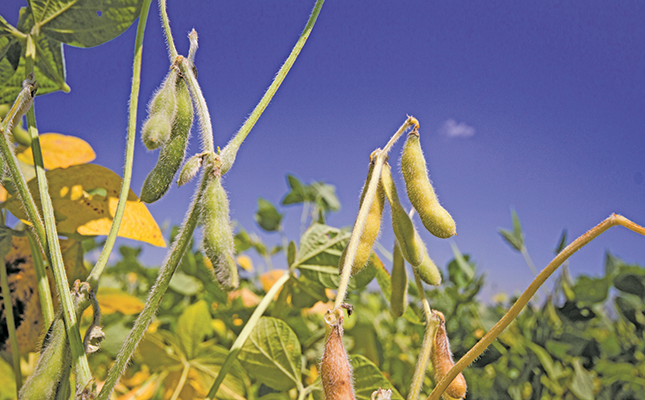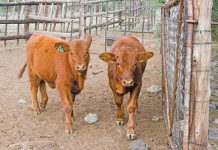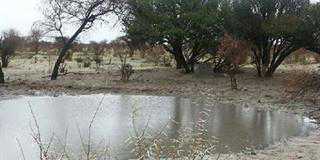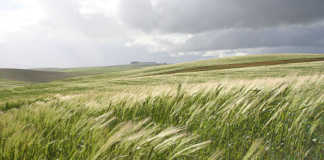
Photo: FW Archive
This was according to Ralf Küsel, chairperson of Grain SA’s Sunflower and Soybean Working Group.
The CEC set the 2022 soya bean production estimate at 2,2 million tons, which was 1,33%, or about 28 900t more than the previous forecast of 2,18 million tons. The anticipated area planted to soya bean was estimated at 925 300ha, with an expected yield of 2,38t/ha.
READ A six-step method for maximising soya bean yield
“Farmers are increasingly moving to soya bean production for a number of reasons, [such as] the fact that soya bean fares considerably better than maize under very wet production conditions.
“We expect the [area] planted to the crop to increase in the coming production season as well, due to the La Niña-related weather conditions forecast for the remainder of 2022 and 2023.
“The input costs for soya bean are also considerably lower than those for maize, which adds to the increase in area being earmarked for soya bean production, especially in the western parts of the summer grain production region,” Küsel told Farmer’s Weekly.
READ Early planting: the key to soya bean success
The CEC’s estimate for the commercial maize (yellow and white) crop was set at 15,26 million tons, or 6% smaller than the 2021 crop.
The three main maize-producing areas in South Africa, namely the Free State, Mpumalanga and North West, were expected to produce 82% of the 2022 crop, the CEC said in a statement.
The production forecast for sorghum remained unchanged at 123 700t, while the expected groundnut crop also remained unchanged at 49 000t.
The expected maize crop in the non-commercial agriculture sector for 2022 was estimated at 667 000t, or 4,8% more than the 636 440t of the previous season.
The area planted to maize in the non-commercial agriculture sector was estimated at 378 800ha, which was 4,38% higher than the 362 900ha of the previous season.
The CEC said 47% of the maize produced in the non-commercial sector was planted in the Eastern Cape, followed by KwaZulu-Natal with 22%.













